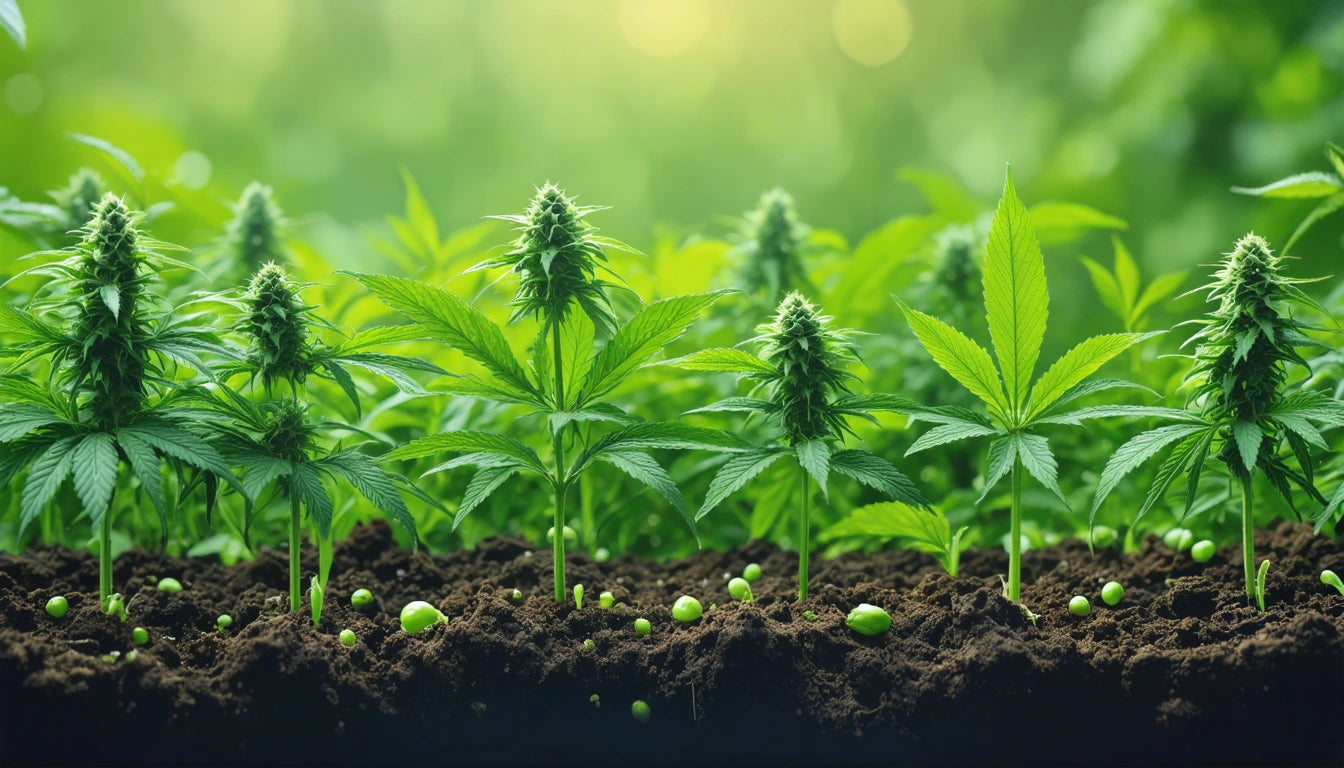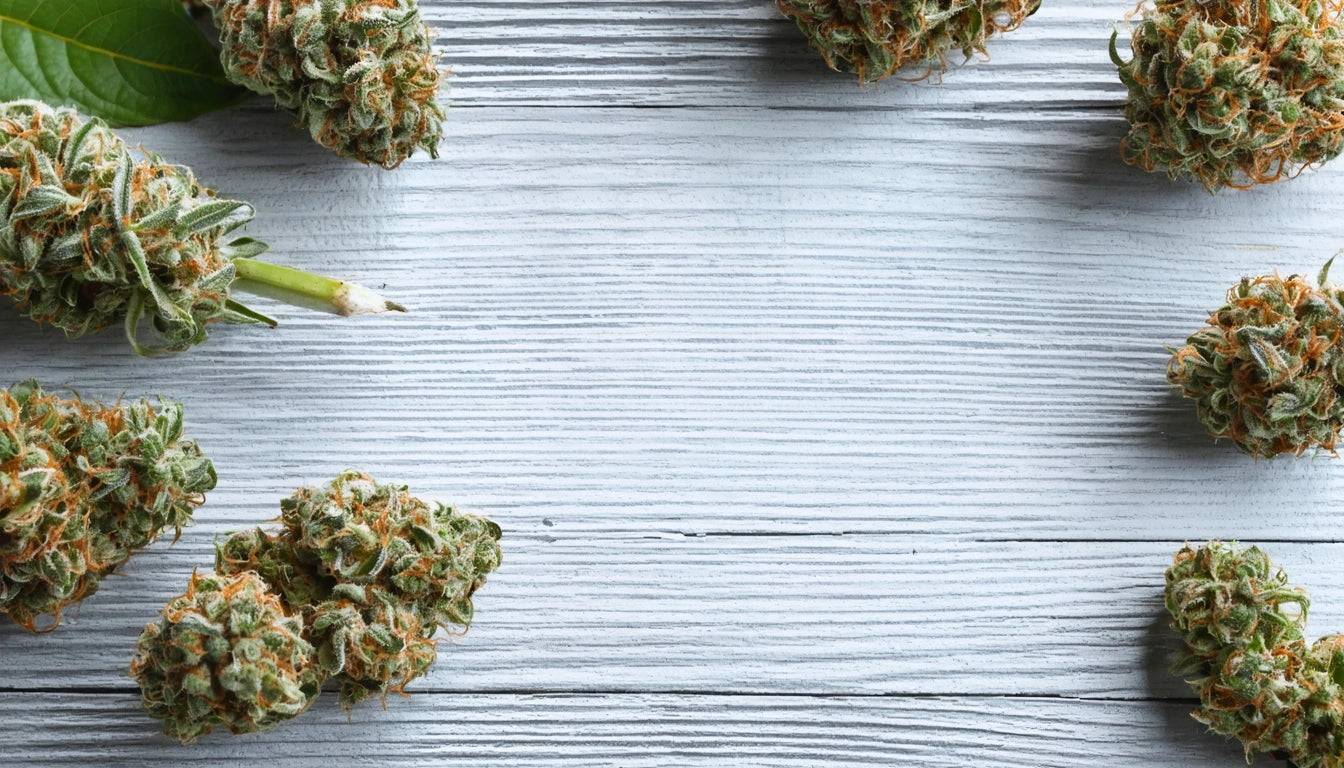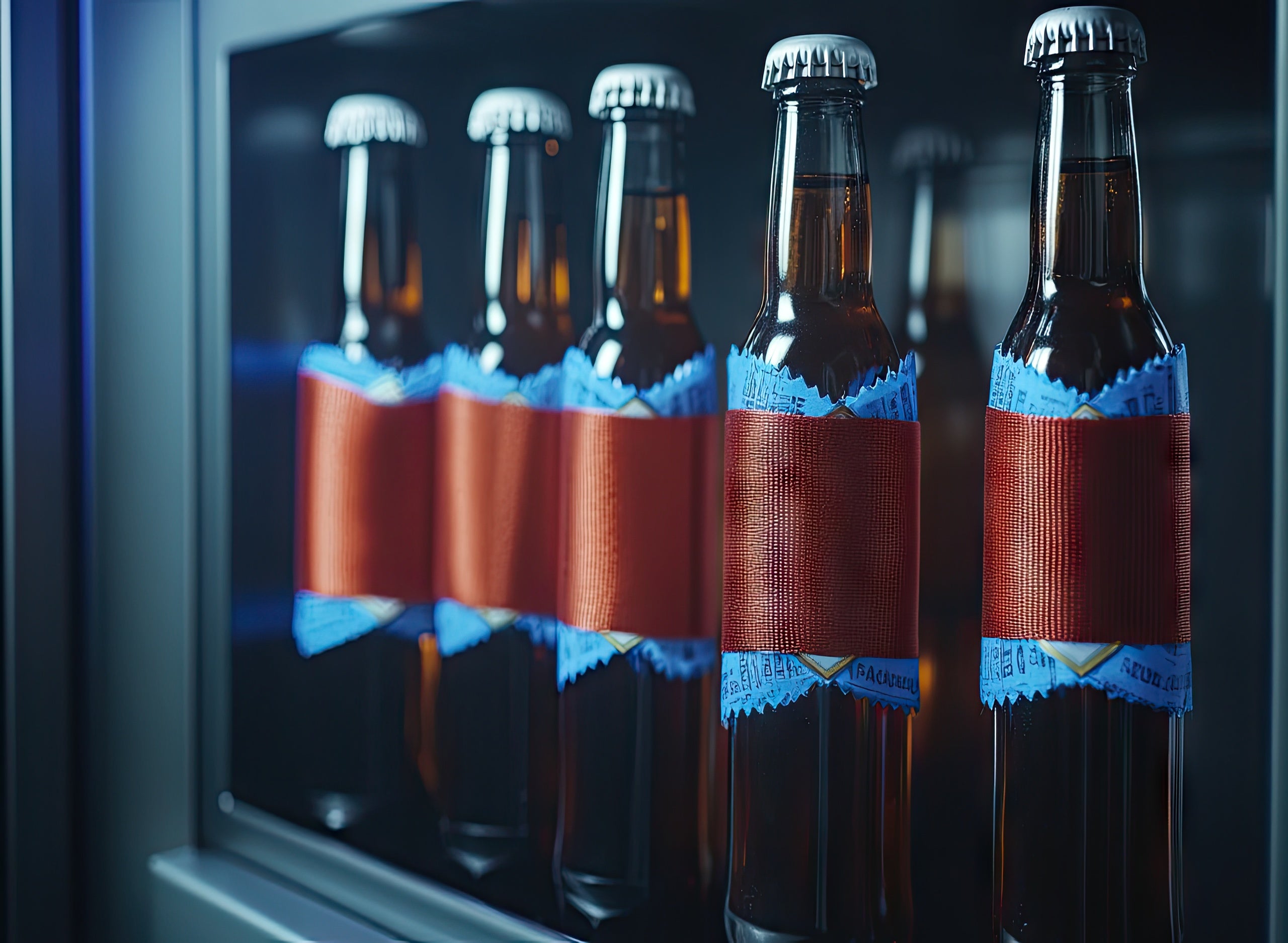Table of Contents
- Getting Started: Choosing Your Cannabis Strain
- Germination Techniques for Successful Starts
- Creating the Optimal Growth Environment
- Feeding Schedule and Essential Nutrients
- Understanding Light Cycles for Maximum Yield
- Preventing and Treating Common Problems
- Harvesting at the Perfect Time
- Post-Harvest Processing for Premium Quality
Growing cannabis at home can be a rewarding experience that provides a steady supply of high-quality flower tailored to your preferences. Whether you're a beginner or looking to refine your cultivation skills, understanding the complete lifecycle from seed to harvest is essential for success. This comprehensive guide walks you through each stage of cannabis cultivation, highlighting best practices and common pitfalls to avoid.
Getting Started: Choosing Your Cannabis Strain
The first decision in your growing journey is selecting the right cannabis strain. This choice will influence everything from growth patterns to final effects and flavors.
Autoflower vs. Photoperiod Strains
One of the most fundamental choices is between autoflowering and photoperiod varieties. Autoflower and photoperiod strains have distinct advantages depending on your growing conditions and experience level. Autoflowers transition to flowering based on age rather than light cycles, making them ideal for beginners or those with limited space. Photoperiod strains offer greater control and typically higher yields but require strict light management.
Indica, Sativa, or Hybrid
Beyond flowering type, consider whether you want indica-dominant strains (typically shorter, bushier plants with relaxing effects), sativa-dominant varieties (taller plants with energizing effects), or hybrids that combine characteristics of both. Your choice should align with your growing space constraints and desired effects.
Germination Techniques for Successful Starts
Proper germination sets the foundation for healthy plants. Learning how to germinate cannabis seeds correctly can significantly improve your success rate.
The Paper Towel Method
This popular technique involves placing seeds between damp paper towels in a warm location (70-85 °F) until they sprout. Once the taproot appears (usually within 1-5 days), carefully transfer the germinated seed to your growing medium.
Direct Soil Planting
Some growers prefer planting seeds directly in their final growing medium. This method reduces transplant shock but may result in lower germination rates. When using this approach, plant seeds about ¼ inch deep in pre-moistened soil.
Creating the Optimal Growth Environment
Cannabis thrives in specific environmental conditions that vary slightly depending on the growth stage.
Indoor vs. Outdoor Growing
The differences between indoor and outdoor cultivation extend beyond location. Indoor growing offers precise control over all environmental factors but requires more equipment and higher energy costs. Outdoor growing harnesses natural sunlight and air circulation but leaves plants vulnerable to weather and pests.
Choosing Your Growing Medium
The best soil and hydroponic setups provide different advantages. Soil is forgiving for beginners and imparts natural flavors, while hydroponic systems can accelerate growth and maximize yields when managed correctly.
Feeding Schedule and Essential Nutrients
Cannabis requires different nutrients throughout its lifecycle.
Macronutrients and Micronutrients
Understanding the essential nutrients for each growth stage helps prevent deficiencies and toxicities. During vegetation, plants need higher nitrogen levels, while flowering plants require more phosphorus and potassium.
Organic vs. Synthetic Nutrients
Organic nutrients break down slowly and create a living soil ecosystem, while synthetic nutrients provide immediate availability but require more precise measurement. Many experienced growers use a combination of both approaches.
Understanding Light Cycles for Maximum Yield
Light is perhaps the most critical factor in cannabis cultivation.
Vegetation and Flowering Light Requirements
Light cycles significantly impact growth and yield. Vegetative plants typically receive 18-24 hours of light daily, while flowering requires a strict 12/12 light/dark cycle for photoperiod strains.
Light Intensity and Spectrum
Modern LED grow lights offer customizable spectrums that can be adjusted throughout the growth cycle. Blue-dominant light promotes vegetative growth, while red-dominant spectrums enhance flowering and resin production.
Preventing and Treating Common Problems
Even experienced growers face challenges with pests, diseases, and nutrient issues.
Pest and Disease Management
Preventing mold, mildew, and pests requires proper ventilation, humidity control, and regular inspection. Integrated pest management (IPM) practices help address issues before they become severe.
Nutrient Deficiencies and Toxicities
Identifying and treating plant deficiencies early is crucial. Yellowing leaves, spotted foliage, and stunted growth all indicate specific issues that require prompt attention.
Harvesting at the Perfect Time
Timing your harvest significantly impacts potency, flavor, and effects.
Trichome Observation
The most accurate method for determining when cannabis plants are ready for harvest involves examining trichome color using a jeweler's loupe or digital microscope. Clear trichomes indicate immaturity, cloudy trichomes signal peak THC, and amber trichomes suggest more sedative effects.
Processing Equipment
Having the right tools makes harvesting and processing more efficient. For those processing larger quantities, quality grinding equipment can save significant time during the post-harvest phase while maintaining the integrity of your trichomes.
Post-Harvest Processing for Premium Quality
The work doesn't end at harvest. Proper processing is essential for quality cannabis.
Drying Techniques
Proper drying and curing techniques preserve terpenes and cannabinoids while preventing mold. Ideal drying conditions include 60-65% humidity and temperatures around 60-70 °F in a dark room with gentle air circulation.
Curing for Enhanced Quality
After drying, proper curing in airtight containers with regular "burping" allows for the breakdown of chlorophyll and the development of complex flavors. While minimal curing takes 2-4 weeks, extended curing of 6+ months can significantly enhance quality for connoisseur-grade cannabis.
Growing cannabis successfully requires attention to detail throughout each stage of the plant's lifecycle. By understanding the fundamentals of strain selection, creating optimal growing conditions, and mastering post-harvest processing, you can produce premium cannabis tailored to your preferences. Whether growing for personal use or developing commercial cultivation skills, these principles provide the foundation for consistent success.











Leave a comment
All comments are moderated before being published.
This site is protected by hCaptcha and the hCaptcha Privacy Policy and Terms of Service apply.